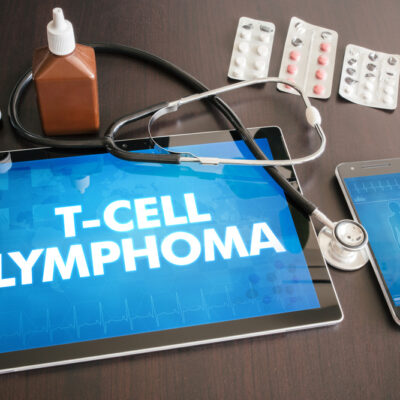
health
9 Natural Aids for Erectile Dysfunction
Today, scientific medication has allowed us to treat diseases with surgeries and prescribed medication easily. However, many natural aids for erectile dysfunction (ED) are still used widely. ED is a condition that negatively affects a man’s sexual performance as he cannot maintain an erection. This article discusses some natural aids to treat ED. 1. Yohimbe This is a natural supplement extracted from the bark of the African yohimbe tree. It improves sexual performance. However, yohimbe does have certain side effects like high blood pressure and increased heart rate. 2. Acupuncture This is a traditional practice where one’s body is stimulated with thin needles. The process releases hormones, regulates blood sugar, and boosts blood circulation, among other benefits. However, this treatment comes with risks such as punctured organs, nerve damages, and infections. 3. Exercise One can make various lifestyle changes to prevent ED. Exercise is regarded to have a significant impact as it improves blood flow. A regulated blood flow leads to a strong erection, as increased blood pressure improves the nitric oxide within one’s blood vessels. 4. A healthy diet Maintaining a balanced diet can have a positive impact on ED. A healthy diet includes vegetables, fruits, proteins such as fish and chicken, and whole-grain items.
Read More 















